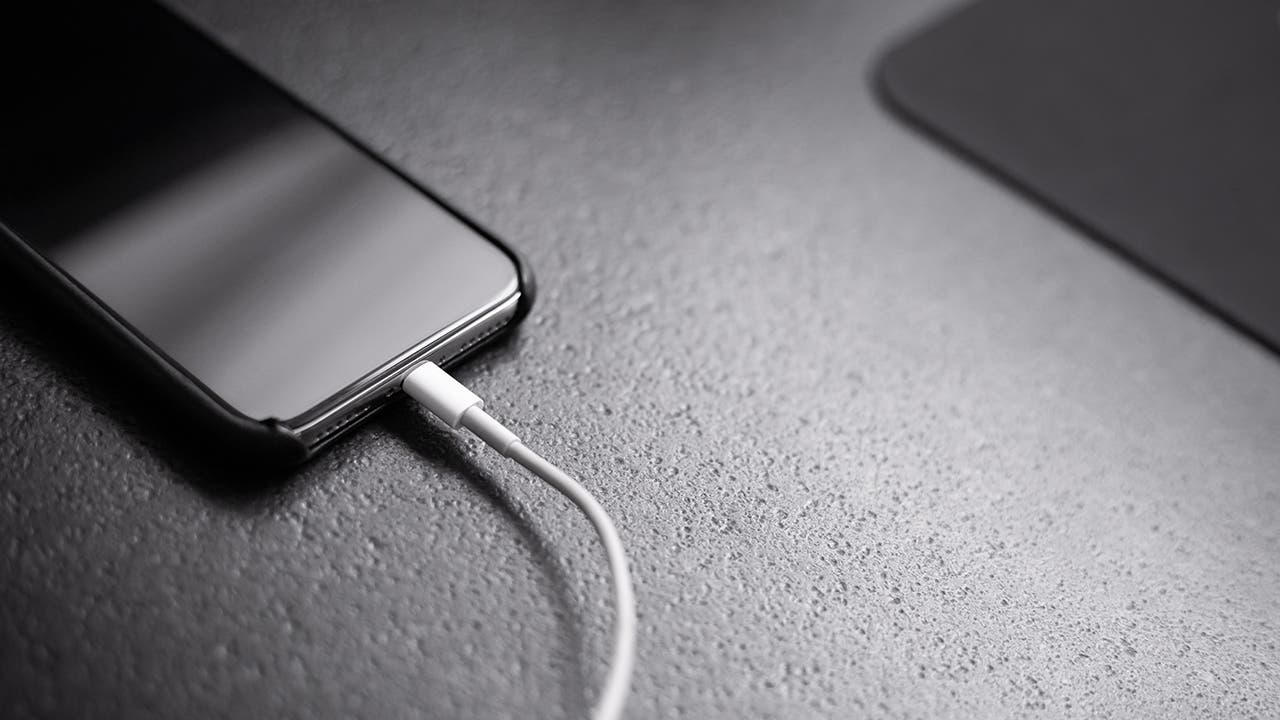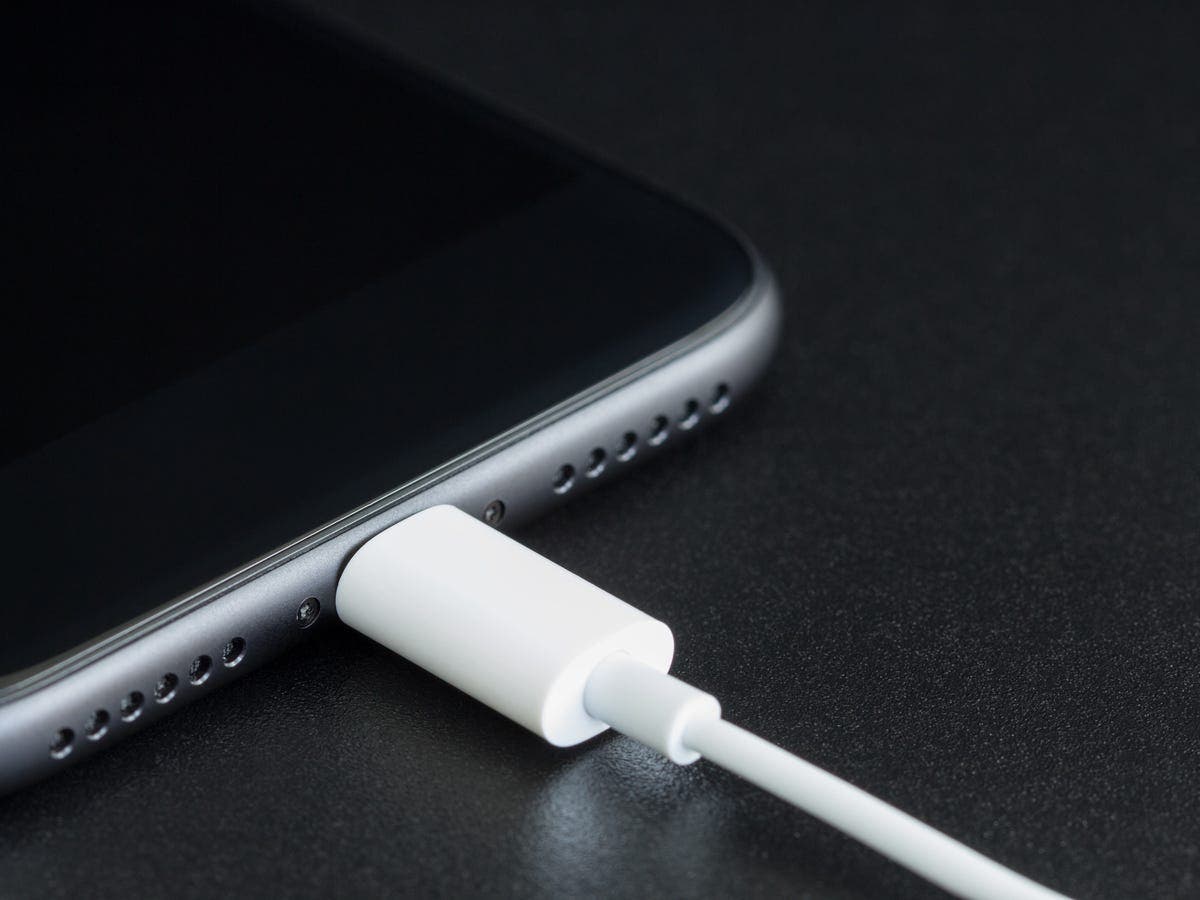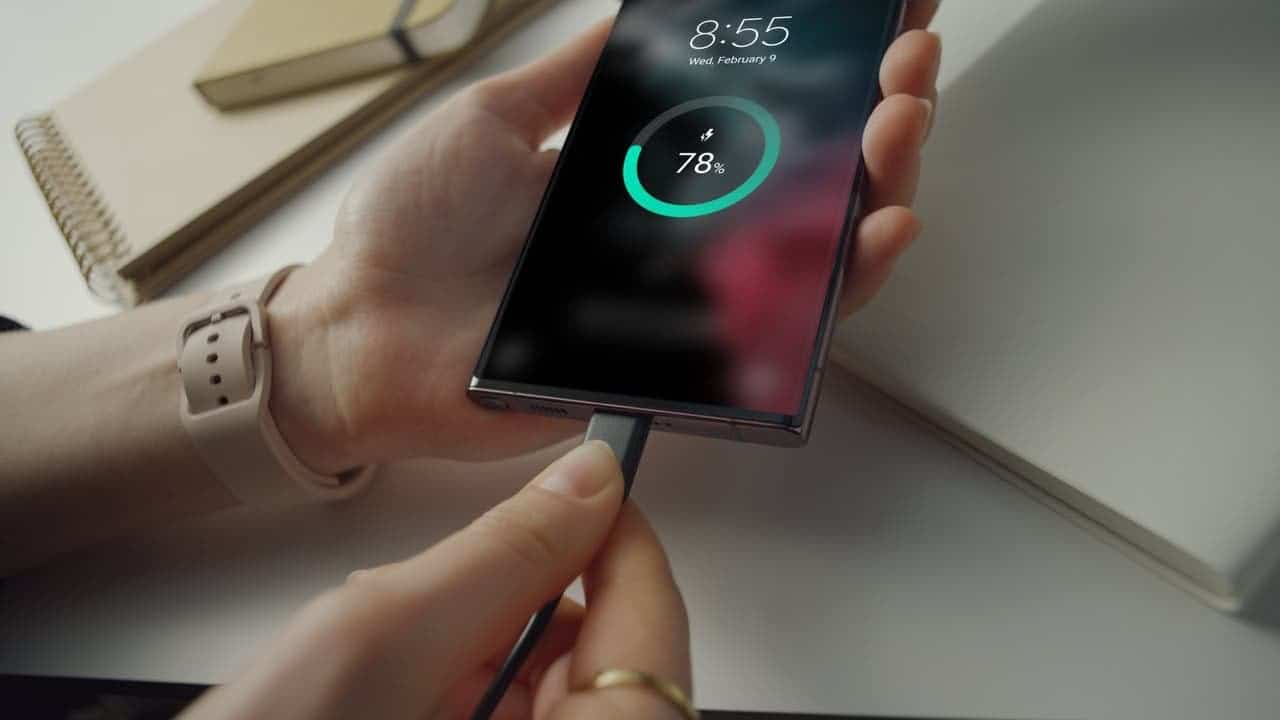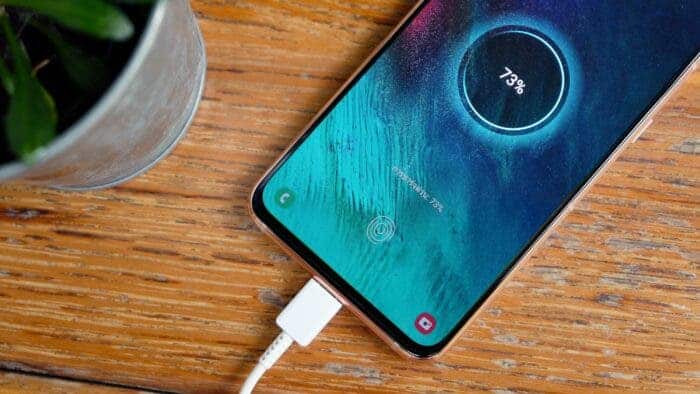In the ever-evolving landscape of smartphone technology, the debate around fast charging has taken center stage, particularly concerning industry giants like Apple and Samsung. Both companies have adopted a cautious approach towards fast charging, prioritizing battery health, longevity, and overall device performance. This article delves into the reasons behind Apple and Samsung’s strategic decisions, exploring the challenges they face in balancing charging speed, battery life, and market competitiveness.

Fast Charging Progress in Other Brands
Fast charging technology has rapidly evolved across various smartphone brands, with companies like OnePlus, OPPO, Vivo, and Xiaomi pushing the boundaries with charging speeds exceeding 200W. These brands have embraced ultra-fast charging capabilities, offering users the convenience of significantly reduced charging times. The advancement in fast charging progress has revolutionized the user experience, making it more efficient and seamless.
One of the key drivers of fast charging progress in these brands is the continuous innovation in battery technology. By leveraging advancements in battery chemistry, such as the development of more efficient lithium-ion batteries and the emergence of solid-state batteries, these brands have been able to enhance energy storage capacity while maintaining compact designs. This technological leap has enabled faster charging speeds without compromising battery performance or device longevity.
Moreover, collaborations between smartphone manufacturers, energy suppliers, and government entities have played a pivotal role in expanding the network of fast-charging stations. This concerted effort has led to the proliferation of charging infrastructure, making fast charging more accessible and convenient for users. The compatibility with different electric car models has been a focal point, ensuring that a wide range of devices can benefit from rapid charging capabilities.

Battery Technology and Charging Strategy
Apple’s and Samsung’s decisions regarding battery technology and charging strategies are deeply rooted in a comprehensive understanding of the intricate balance between performance and longevity. Apple, known for its conservative approach to charging power, opts for milder charging speeds to ensure stable battery performance over an extended period. This deliberate strategy aims to safeguard battery health and maximize longevity, reflecting a commitment to providing users with devices that stand the test of time.
Samsung, on the other hand, has a strategy that revolves around optimizing charging efficiency and extending battery lifespan through tailored charging strategies and device settings. Samsung smartphones utilize the USB Power Delivery 3.0 charging standard with PPS (Programmable Power Supply) to enable fast charging capabilities. The company recommends charging Galaxy devices to 85% to extend battery lifespan and has integrated features like “Protect Battery” to limit charging beyond this threshold. Also, Samsung advises against fast charging to prevent excess heating, which can impact battery health in the long run.
Heat Dissipation Challenges in Small-Sized Flagship Phones
The design of small-sized flagship smartphones presents a unique challenge in terms of heat dissipation. Due to the compact nature of these devices, efficient heat dissipation becomes a technical hurdle, directly impacting battery performance and charging speed. The constraints of size limit the implementation of robust heat dissipation systems, leading to potential overheating issues during high-intensity tasks like gaming or complex computations. Apple and Samsung both grapple with these challenges. They recognize the critical role of heat dissipation in maintaining device performance and battery health.
Market Strategy and Risk Mitigation
The cautious stance of Apple and Samsung is a smart market approach. This approach seeks to build trust between users and the brand. When users realize that the batteries are more durable, they will stick with the brand. Therefore, the brand will eventually improve its sales in the long run. Pushing the boundaries of charging capabilities comes with its own downsides. Apple and Samsung know and this is why they are not in a hurry. By opting for proven, low-risk technical solutions, Apple and Samsung ensure that their products deliver consistent performance. They also ensure that their products are reliable. Therefore, they mitigate the potential risks that could compromise user experience and device longevity.

Long-Term Benefits and Brand Image
The trade-offs in charging speed are usually short-term. Apple and Samsung hold on to battery health and longevity. This yields long-term benefits for users and the companies themselves. By prioritizing stable charging speeds and battery performance, both companies enhance the overall service life of their devices. They also bolster their brand image and market competitiveness. Consumers increasingly value durability and reliability in electronic products. This makes Apple and Samsung’s cautious approach a strategic advantage in a competitive market landscape. Some of the benefits are
1. Longer-lasting devices: By designing batteries that can retain 80% of their original capacity after 1,000 charge cycles (as claimed by Apple for the iPhone 15), users can expect their devices to maintain good battery performance for a longer period. This extends the usable lifespan of the smartphones. [
2. Reduced e-waste: Longer-lasting batteries means users don’t need to replace their devices as frequently, leading to less electronic waste generated. This aligns with the growing focus on sustainability and environmental responsibility in the tech industry.
3. Cost savings for users: With batteries lasting longer, users can avoid the need for expensive battery replacements or early device upgrades, saving them money in the long run. This can improve customer satisfaction and loyalty.
4. Competitive advantage for the companies: By offering smartphones with superior battery health and longevity, Apple and Samsung can differentiate their products and gain a competitive edge in the market. This can translate to increased sales and market share.
5. Improved brand reputation: Showing a commitment to battery health and longevity. This can enhance the companies’ reputations as innovative and customer-centric, further strengthening their brand image.
Conclusion
>Apple and Samsung isn’t all about fast-charging, they have been showing their commitment to delivering high-quality and reliable devices. Their cautious approach to fast charging technology shows that they prioritize battery health and longevity. Both brands set themselves apart in the competitive smartphone industry. They carefully navigate the complexities of heat dissipation challenges, strategic market positioning, and long-term brand image considerations. Technology continues to evolve and the mobile technology landscape is ever changing. However, Apple and Samsung’s steadfast focus on product performance, battery life, and market competitiveness positions them as leaders.





